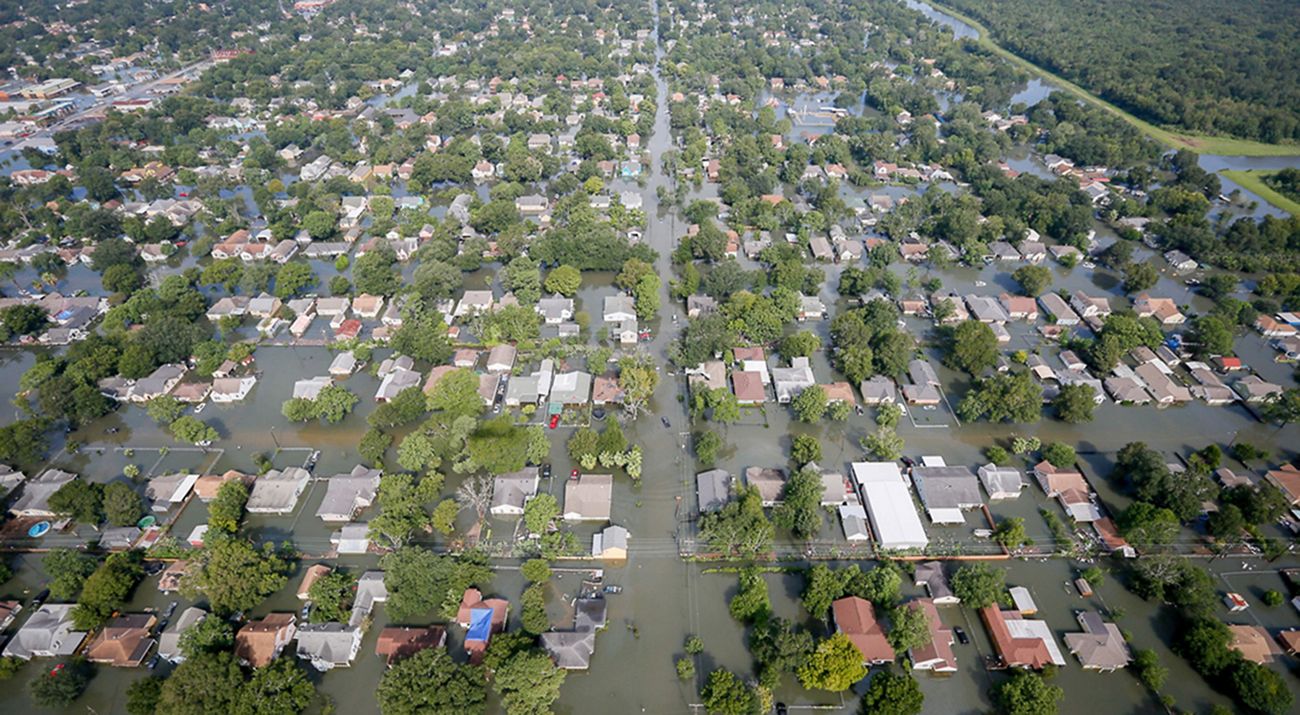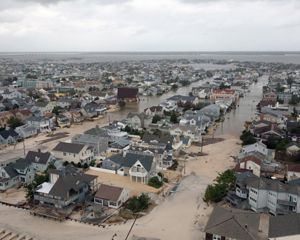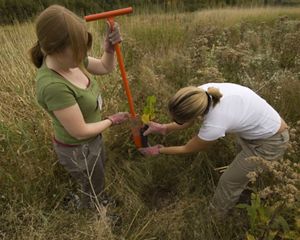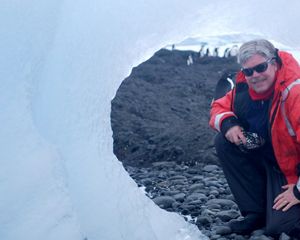4 Ways Climate Change is Making Other Problems Worse
Climate change is indeed making it harder to maintain global health and safety. But it's not hopeless, and we're not helpless.
Climate change is a truly global problem, and it’s led to what The Nature Conservancy’s Chief Scientist Katharine Hayhoe calls the most dangerous myth.
The myth, as Hayhoe describes, is that “none of this stuff matters to me. They’re distant issues. They only affect future generations and places that are far away.”
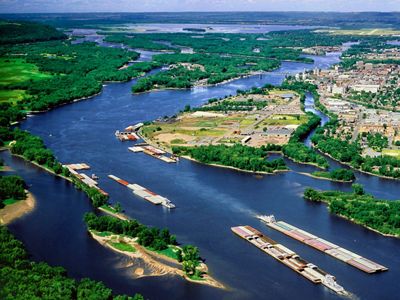
Global and local effects of climate change
The truth is that we are feeling the effects of this accelerated warming—locally and right now:
- When we buy groceries: food prices are rising due to shifts in how and where we can farm.
- When we travel: longer hurricane and wildfire seasons and shorter snow seasons are disrupting travel and hurting economies that rely on tourism.
- When we miss school or work due to extreme heat waves, flooding, and air pollution.
But the main reason to care about climate change right now is not because of the new problems it’s creating but rather the old problems it’s making worse.
Quote: Katherine Hayhoe
The myth is that none of this stuff matters to me. It only affects future generations and places that are far away.
1. Climate change makes social and economic inequality worse.
The world is already unequal, and the disruptive power of climate change is making it more so.
Disadvantaged groups and people in poorer parts of the world suffer the worst climate impacts because they have fewer of the resources needed to recover from disasters and adapt. The added strain that vulnerable people endure when dealing with climate change—money, time and stress—ensures that the cycle of inequality continues.
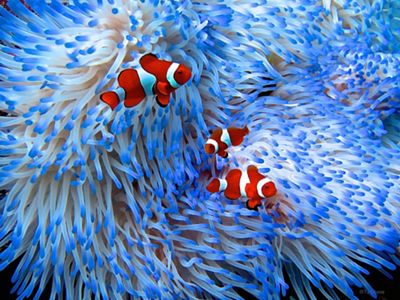
Unjustly, the most vulnerable people are also those who have contributed the least heat-trapping gases to the problem.
When we look at inequality between countries, we see similar patterns. Though the wealth gap between countries has been improving for 25 years, climate change is slowing that progress and may eventually reverse it.
One major way this climate-related inequality is playing out involves rising temperatures and farming. Wealthier countries typically have cooler climates than poorer countries. As temperatures rise everywhere, warmer countries are having more trouble growing crops important to their economies, while countries in cooler zones are now able to grow a greater variety of foods than before.
2. Climate change is accelerating biodiversity loss.
Animals and plants are trying to adapt to the stresses of climate change’s disruptive effects on temperature and moisture.
As some species shift their ranges via patchworks of habitat, others find their path blocked by development like farms and urban sprawl. In the process, some species that evolved within certain ecosystems are driven to extinction and replaced by more generalist species. On land and sea, this process is accelerating biodiversity loss and extinction rates.
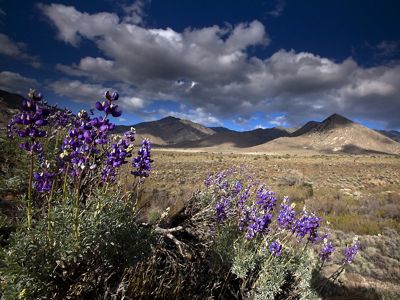
Job Losses
Sea level rise, ocean acidification, and more frequent severe storms have battered shellfish farms, leading to job losses in seafood harvesting and processing.
The people who depend on these species are also facing hardship. Fishers all over the world are catching fewer fish as the fish move to cooler waters. Some of these species are iconic—such as the Atlantic cod in Cape Cod, Massachusetts. Fishers in these waters must adapt if they want their livelihoods to survive, and that means fishing for new species.
And what about the local folks who want to buy Atlantic cod? They must pay more to import it from northern regions.
3. Climate change increases gender-based violence.
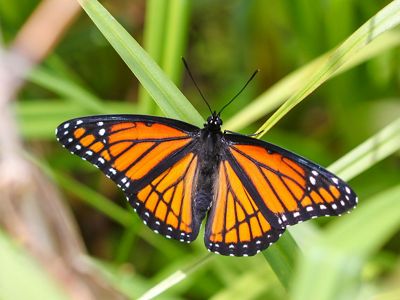
All types of crises—including global pandemics—increase gender-based violence.
Countries all over the world record spikes in domestic violence following natural disasters. And climate change is causing these disasters to be more frequent and severe.
Climate disasters like hurricanes and drought can amplify risk factors for gender and family violence. These disruptive events can destabilize finances, limit access to food and water, and force people to resettle. The stress of these crises can lead to violence and magnify existing vulnerabilities like isolation, gender inequality, and overtaxed support networks.
Tipping Point
Domestic and gender-based violence rates can remain high for years following disasters, like they did with Hurricane Katrina.
The increasing frequency of climate disasters presents a dangerous domino effect. With little time for communities to recover, back-to-back climate crises can ultimately result in climate refugees (people who are permanently displaced due to climate disasters). Displaced women and children, and other vulnerable people, are at greater risk of gender-based violence.
Almost one million people from the United States were displaced by a disaster in 2019, making it one of the top countries for climate displacement. The most recent example was the severe winter storm in Texas. After multiple hurricanes and a global pandemic, it was a deadly "tipping point" for gender-based violence.
4. Climate change is causing more ticks—and the diseases they spread.
Climate change is, unfortunately, great for ticks.
Warmer weather now starts earlier in the year and lasts longer, allowing ticks to survive shorter, less cold winters. Rising temperatures also allow ticks to move into areas they previously couldn’t survive.
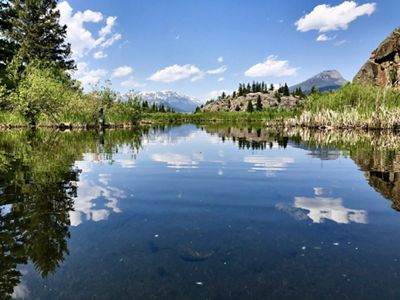
Alpha-Gal Syndrome
This is a tick-borne disease that causes an allergic reaction to red meat in people bitten by ticks.
Tick-borne diseases are spreading, too. Lyme disease, which is primarily transmitted by ticks, has doubled in the United States. Ticks that have recently moved into new areas are bringing new diseases with them, increasing infections. These infections can be harder to diagnose. Some of these new diseases, such as anaplasmosis and Powassan virus, can be fatal if not caught right away.
Many people aren't used to having so many ticks—or any at all—and don't know to be aware of the risk when exploring the outdoors. Ticks are small enough that most people don't even know they've been bitten, which can further delay a tick-borne disease diagnosis.
The good news: We have the power to change the future.
Climate change is indeed making many problems worse. But it's not hopeless, and we're not helpless. The most impactful thing that anyone can do about climate change right now is to talk about it.
If you’re unsure how the topic will be received, start by simply meeting people where they are.
By bringing it up in conversations, you’re signaling that climate change is an important topic. You’re also normalizing it as a topic that your friends and family can bring up in their own conversations.
More nature is just a click away
Updates from the conservation world + ways for you to get involved. Every month.
